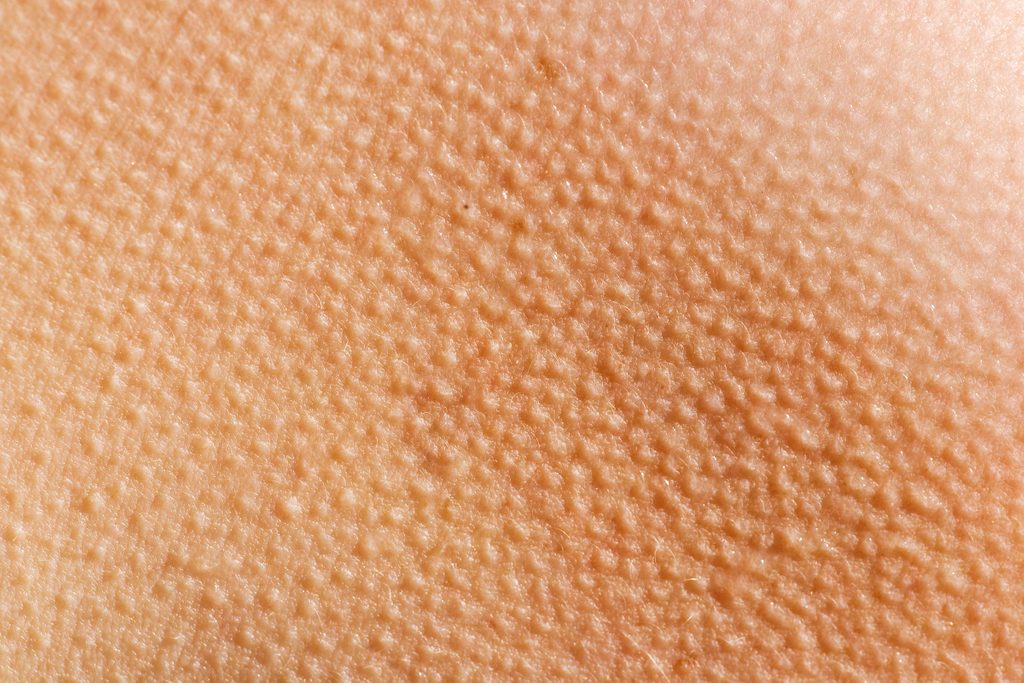What Is ASMR and Why Are Millions of People Talking About It?
Updated: Oct. 11, 2019

If your brain "tingles" while watching videos of someone eating a pickle, carving soap, whispering softly, brushing their hair, tapping their fingernails, and so on, you may be experiencing Autonomous Sensory Meridian Response (ASMR).
Our editors and experts handpick every product we feature. We may earn a commission from your purchases.
Does watching a video of someone eating a pickle or gently brushing their hair leave you feeling almost euphoric? If so, you are not alone. It’s called Autonomous Sensory Meridian Response (ASMR)—also known as the “brain tingles” or ‘braingasms’—and it’s become something of a phenom lately.
In a nutshell, ASMR is the very pleasurable and relaxing sensation that occurs when some of us listen to soft sounds such as whispers or finger tapping. “It… is associated with a pleasant tingly feeling on the scalp and back of the neck,” explains Nick Davis, PhD, a psychologist and cognitive neuroscientist at Manchester Metropolitan University in Manchester, UK. This buzz may also travel down the spine, and can spread to the back, arms, and legs, he says.
There’s a similar reaction in some people who get chills listening to music, as there’s some evidence that your brain may be wired for stronger emotions. People with ASMR report a boost in mood immediately, Davis says: “It seems to last for several hours after watching the video.”
It’s different strokes for different folks when it comes to the sounds and visual cues that trigger brain tingles, but whispering, hair being played with or brushed, and soft talking seem to be top ASRM triggers. “In a study [published in October 2017 in PeerJ], we…found that people like low-pitched sounds and detailed activity, while people tended to find that background music made it harder to experience ASMR,” Davis says.
Digital phenomenon
Youtube is the easiest place to go for an ASMR fix. Visit the site and type “ASMR” in the search bar and hundreds of videos will appear that feature tapping sounds, “sleep-inducing haircut,” cutting soap, paper crinkling, bag folding, page-turning, whispering, and more. Some videos go on for three hours.
ASRM is not entirely new, but it has gained steam because of Youtube, says Hugh S. Manon, PhD, associate professor of Screen Studies and Director, Screen Studies program in the Department of Visual and Performing Arts, at Clark University in Worcester, MA.
“It is a uniquely digital phenomenon, as it requires one-way communication without distraction, although some group classes do exist,” says Manon. “It’s a way of using digital technology to counteract the effects of digital technology,” namely it diminishes the desire to check and recheck smartphones for texts, social media updates, or watch TV on demand. “It’s fascinating because it is so strange,” he says.
ASMR for sounder sleep?
Over 80 percent of ASMR devotees surveyed in a study in PeerJ say that they watch these videos before bedtime to relax and get a good night’s sleep. “ASMR helps [some] feel more relaxed, less stressed, or helps them to fall asleep. Another significant percent…like to experience ASMR just because they enjoy it, not because it helps them in any way,” says Craig Richard, PhD, founder of ASMR University and professor of Biopharmaceutical Sciences at Shenandoah University in Winchester, VA. He is also the host of ASMR University Podcast and author of Brain Tingles. If you’re considering ASMR because you’re struggling to fall asleep, here’s some get-to-sleep secrets from sleep doctors.
“It’s the same reason that some people rely on white noise machines to destress and go to sleep,” says Judy Ho, PhD, a clinical neuropsychologist in Manhattan Beach, CA. “It’s really about paying attention to sensory or auditory cues to distract yourself from negative thoughts or feelings,” she says.
Some research shows that those who experience ASMR have significantly reduced heart rates while watching videos compared to people who do not experience ASMR, per a 2018 study in PLOS One. For more ways to relax, these are the breathing exercises that help you chill out quickly.
It works for you or it doesn’t
Not everyone gets brain tingles, and there is no precise data on how many people experience ASMR in response to triggers. “It is not currently known why only some people experience ASMR. It could be due to increased sensitivity of specific brain pathways or to increased production of specific brain chemicals,” says Richard.
Data shows that ASMR is a global occurrence and is experienced by individuals of all ages, regardless of race, religion, or ethnicity. “This supports that ASMR is a biological response rather than a specific cultural phenomenon,” Richard says.
Research finds that people who respond best to ASMR are open to new experiences and have higher scores on neuroticism. In addition, those with mild depression or “the blues” do better than those with more severe mood disorders, Ho says. “It’s something that works for you or doesn’t,” Manon adds.
But it’s not entirely risk-free: “If a person relies on it as a substitute for therapy or medication to treat a psychiatric disorder, it could be dangerous,” Ho says. Nonetheless, she clarifies: “If you respond to mindfulness, this can be another tool in your arsenal. It just shouldn’t be the only tool you rely on for depression, anxiety or other psychological disorders.” These are 10 natural remedies for anxiety that may help you.
Going forward, clinical studies that compare ASMR to currently used therapies for anxiety and insomnia may help shed some light on the phenomenon, Richard says. “These studies would utilize standardized assessment tools and physiological measurements to provide a more accurate view of the effect of ASMR on specific conditions.” Stay tuned. Meanwhile, here are 19 things you can do to sleep better tonight.
